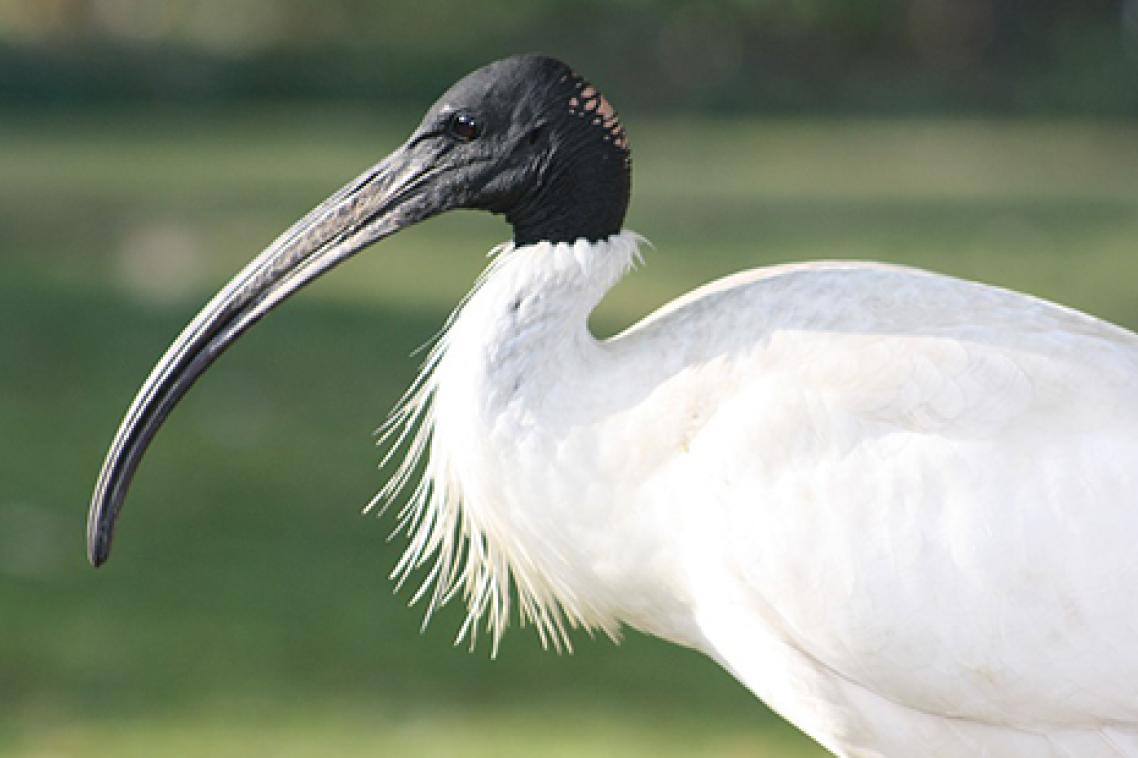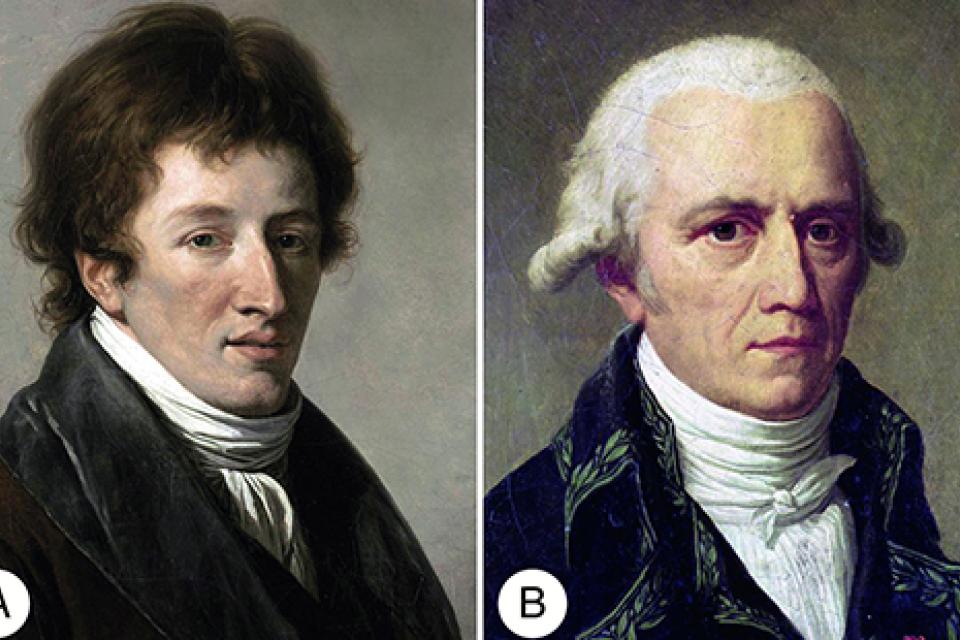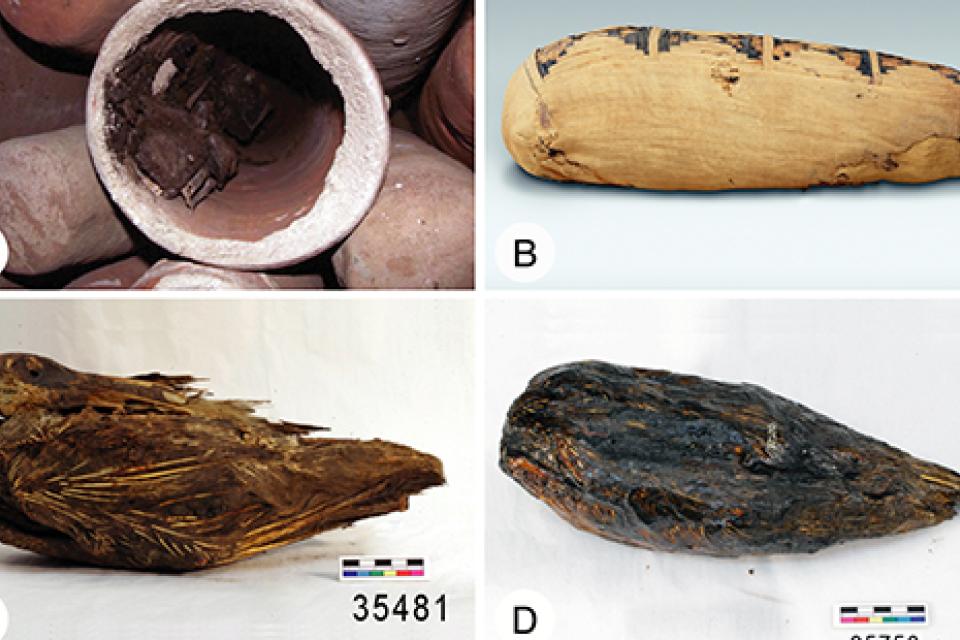‘Bin chicken’ plays unique role in story of evolution

A University of Queensland researcher has uncovered how a French scientist and ibis researcher conducted the first test of evolution more than 50 years before Charles Darwin’s Origin of the Species.
UQ Centre for Policy Futures researcher Dr Caitlin Curtis has found that the sacred ibis – a cousin of the Australian ‘bin chicken’ – became central to the history of evolution when several mummified birds were taken from Egypt to France in 1798.
“The ibis mummies were taken by Napoleon’s army to Paris, and played a surprising role in an early debate about evolution,” Dr Curtis said.

“Cuvier took careful measurements and determined that no changes had happened when comparing the mummified birds against modern specimens.
“He went on to conclude that this was proof that species could not change over time, opposing the emerging evolutionary ideas of Lamarck.”
But Lamarck disagreed, arguing not enough time had passed to see any differences, and that environmental conditions would also have had to change.
“This was significant at a time when evolution was not yet an idea,” Dr Curtis said.
“Cuvier was a prominent scientist who had a lot of voice and power within society, and he continued the debate through to Lamarck’s death - even criticising Lamarck’s belief in evolution at his eulogy – setting back the idea for decades.”
Dr Curtis said it was a striking example of a powerful – but incorrect -- scientist controlling the debate.

“Confirmation bias, where researchers’ work is negatively affected by pre-existing biases and ideas, is still an issue within the scientific community.
“This is a reminder that now, as much as ever, we need to be aware of confirmation bias, and the detrimental impact that dominant personalities can have on science.”
Dr Curtis’s research, in collaboration with Professor David Lambert from Griffith University and Associate Professor Craig Millar from the University of Auckland, are published in PLOS Biology (DOI: 10.1371/journal.pbio.2005558).
Images:
Top left - The two central figures in the first test of evolution. (A) Georges Cuvier (1769–1832) and (B) Jean-Baptiste Lamarck (1744–1829).
Bottom right - (A) Empty and full pottery vessels from catacombs from Saqqara, Egypt (photo credit Sally Wasef), (B) mummified Sacred Ibis wrapped in cloth (photo credit Metropolitan Museum of Art, New York), (C) a well-preserved example of an unwrapped Sacred Ibis mummy (the head and wings of the bird are clearly visible), and (D) a mummified Sacred Ibis dipped in resin.
Media: Dr Caitlin Curtis, c.curtis@uq.edu.au, +61 422 560 328; Dominic Jarvis, dominic.jarvis@uq.edu.au, +61 413 334 924.
Topics
Related articles

Anyone can be a hacker with AI – so what does that mean for the cyber defence industry?

Finding efficiencies in creating jet fuel from plant waste
Media contact
UQ Communications
communications@uq.edu.au
+61 429 056 139
